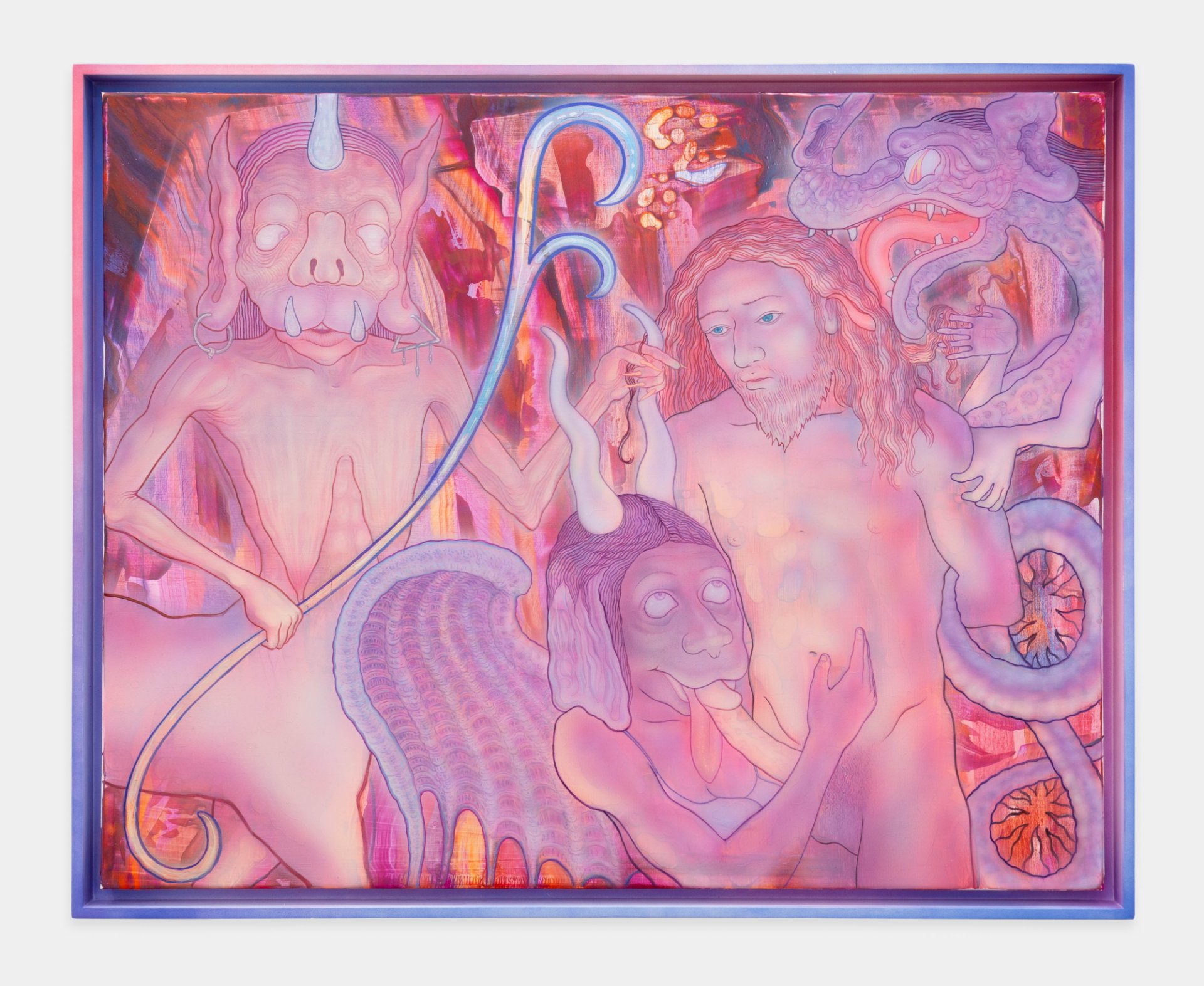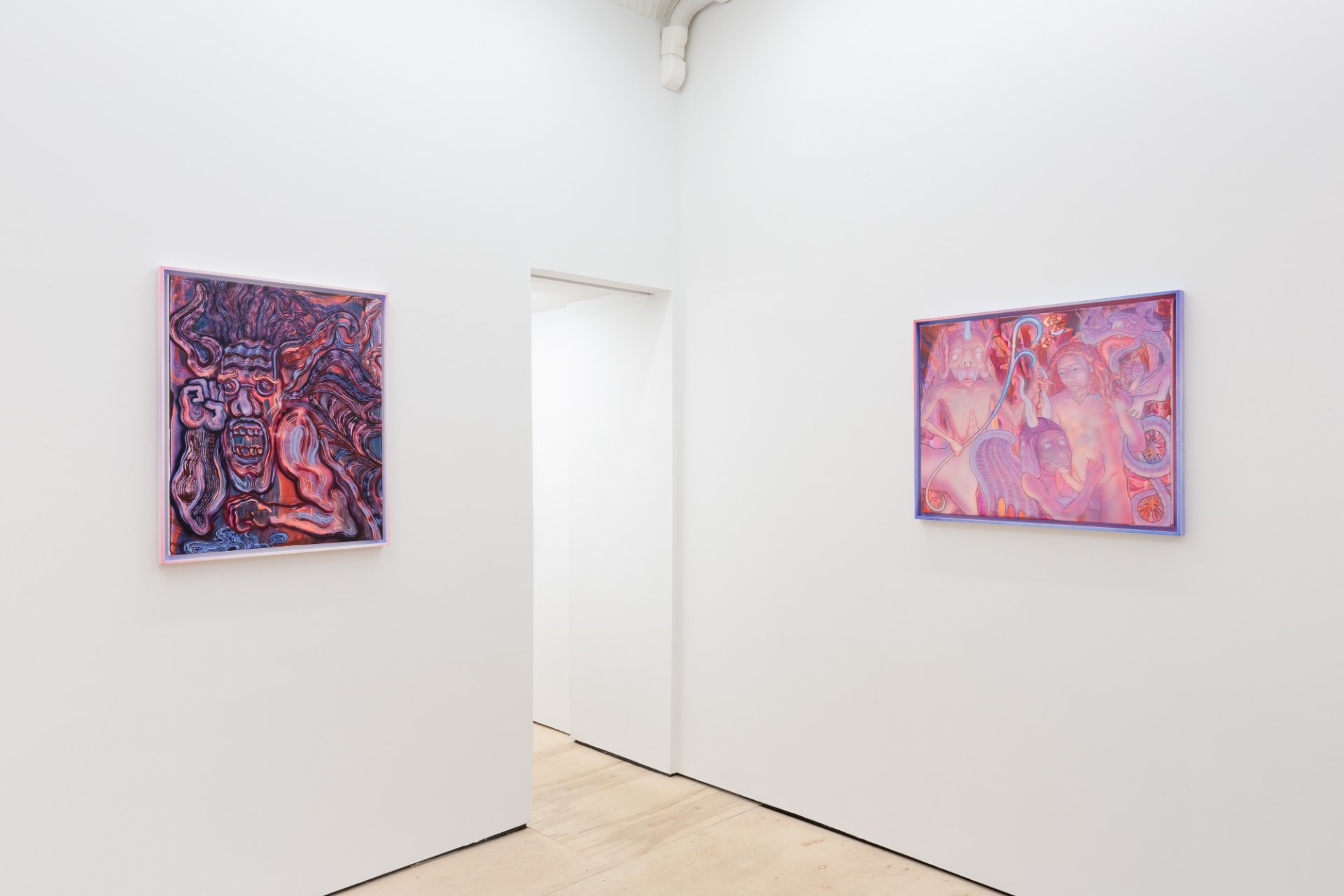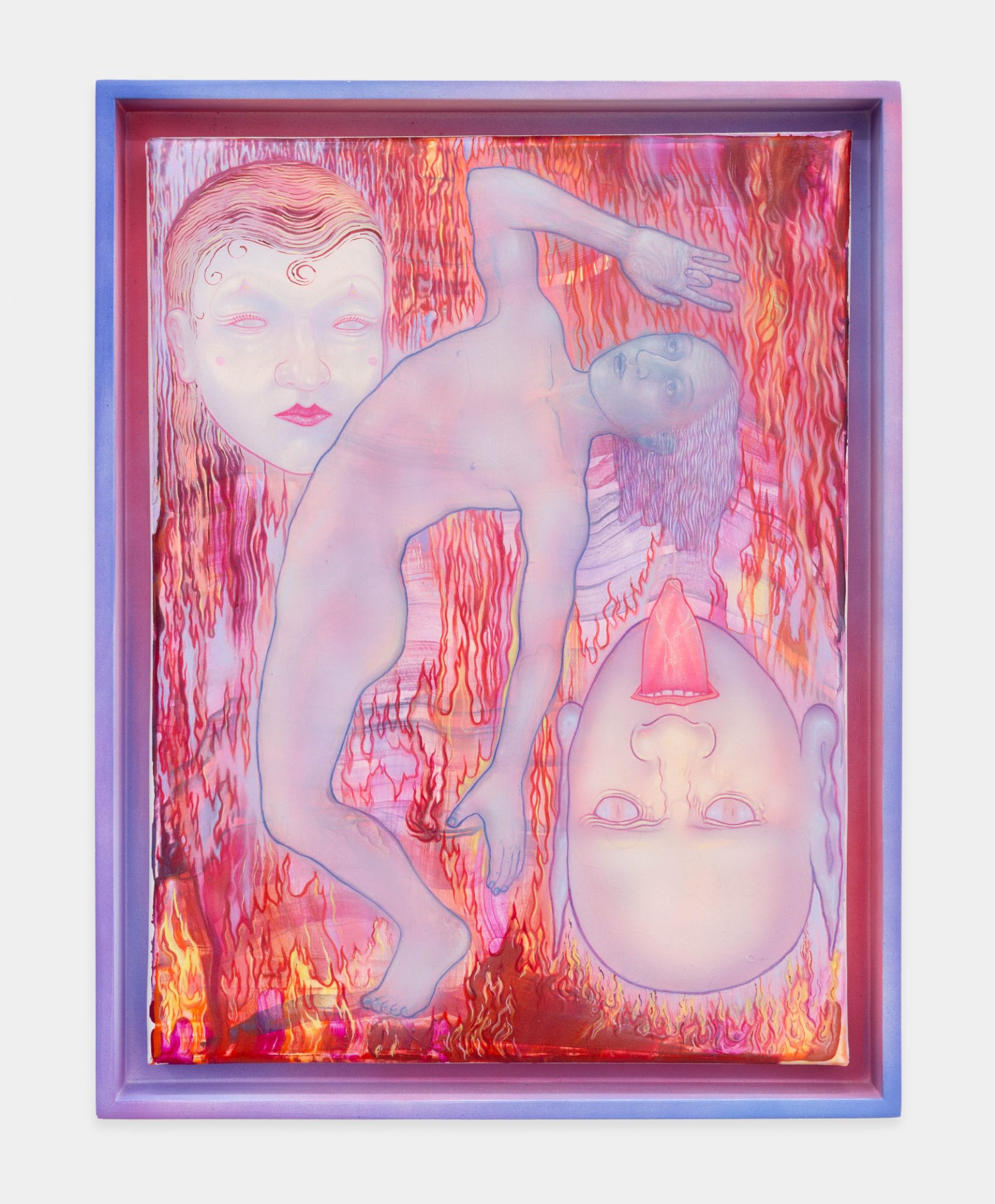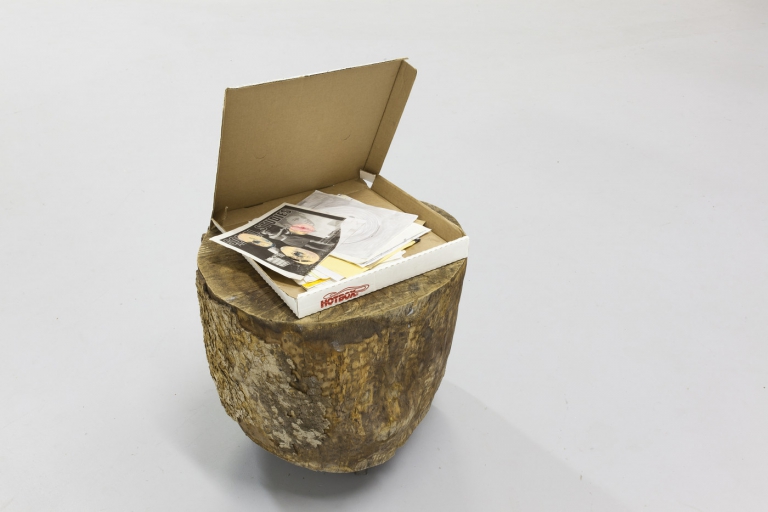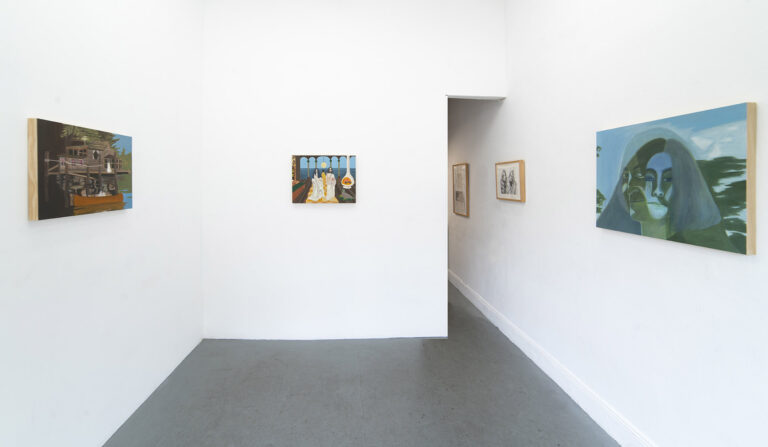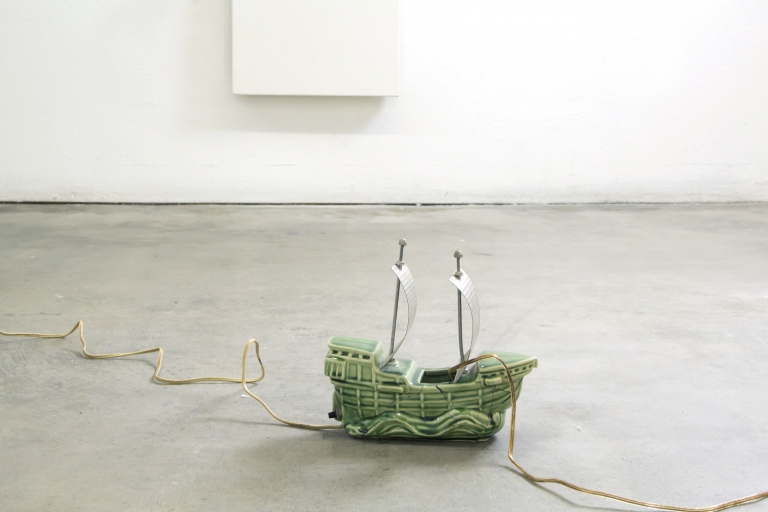Artist: Sven Loven
Exhibition title: Hell is Hot and the World Is Cold
Venue: No Gallery, New York, US
Date: August 19 – September 18, 2021
Photography: all images copyright and courtesy of the artist and No Gallery, New York
“Grotesque”. It’s generically applied to forms and images that often skew disembodied, tangled, malformed, or exaggerated to the point of satire. Mikhail Bahktin, however, theorized a more specific and liberatory understanding of “the grotesque.” The grotesque isn’t just satire and therefore, implicitly negative –Bahktin in his text on Renaissance writer Francois Rabelais– it is an exaggeration of both the positive and negative attributes of a scene; Bahktin viewed the grotesque exaggeration as nothing less than a profound, spiritual renewal of the subject. It is this specific notion of the grotesque that is employed by Sven Loven. In his new exhibition, “Hell is Hot and the World is Cold,” the artist’s first solo exhibition with No Gallery, Loven has made several small to mid-scale paintings that purposefully elide the tropes of modernism to look towards the expressions of early Western pictorial painting: angels, demons, good, evil, totems, symbols, and universal emotions. In their many contradictions — malignancy and benevolence, tragedy and beauty — Loven’s figurations are free. His figures are given space to emancipate the energy they repress to integrate themselves into society with all its social codes and mores.
“Democracy” depicts several humanoid figures, each heightened by Loven’s delirious palette of blues and reds, huddled together close and engaged in some kind of orgiastic ritual of excess. When seen from a certain angle, the painting almost resembles an image of a protest. Is a protest not, at root, a ritualistic expulsion of mass-energy? Remove the signs, the catchphrases, and the ideologies, and what you have is an anarchic ancient rite. In “Embraced by Demons,” a Christ-like figure receives fellatio from a monstrous apparition; he’s blinded by ecstasy in the abyss. The unreality of the sequence is heightened by the transparency Loven applies to its figurations. Loven derives some inspiration from the compositions and themes of medieval manuscript art, but the resultant paintings are totally original. Thus, the reference images function less as “source material” in Loven’s paintings than as commentary on the violent and sexualized images of pre-Modernist art acting as creative stimuli. An excess of oblivion becomes a creative spigot. These paintings, quite unlike Loven’s earlier work, feature figurations that are utterly unrecognizable from their sources. They are projections of the artist’s mind’s eye.
Of a Rablesian grotesque, these paintings are not satire. In “Democracy,” Loven isn’t trying to reveal “the truth of” a protest (as a criticism) so that the protest can be dismissed, but celebrates it for the thing that it actually is: a ritual of catharsis. This painting is ebullient because it unleashes the shadow dimensions of its figures — their repressed libido, rage, violence, sexuality — and evokes transcendence by embracing and depicting both the positive and negative qualities of its behavioural excess without judgement. In “German Intellectual in Hell,” a figure resembling an academic appears to be violently laughing and crying all at once, unleashing a lifetime of suppressed libidinal energy. But we do not laugh at him. On the contrary, Loven demands we bask in the academic’s purgation. We feel it with him. There is no shame in Loven’s scenes. These paintings offer their subjects nothing short of spiritual renewal through the grotesque exaggeration of their repressed negative and positive excess. And it feels good.

